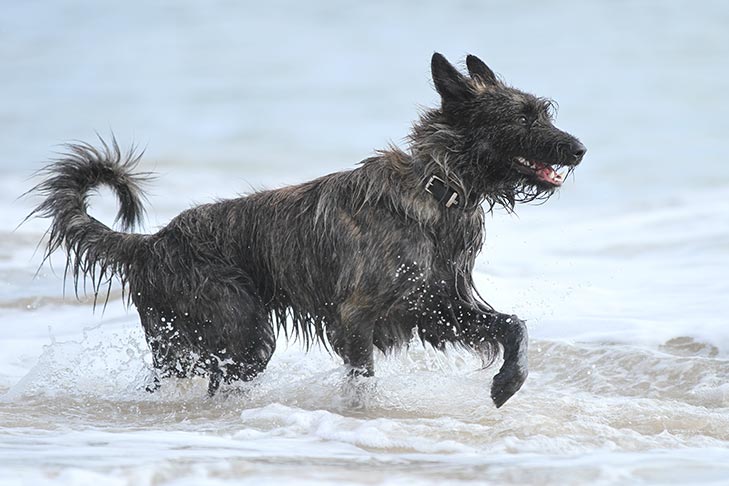How Do Dogs Consume Too Much Salt?
But how does a dog ingest a large amount of salt, claims Dr. According to Klein, the following are the most typical causes of hypernatremia in dogs seen at veterinary hospitals:

Ingestion of sodium-containing enema solutions or excessive consumption of soy sauce or table salt can also cause salt poisoning in dogs. Additionally, although it used to be advised to give your dog salt to make them vomit, doing so now is not advised because it can result in salt toxicosis.
Hypernatremia is also tied with access to water. Dogs who are able to drink a lot and thus flush the salt from their systems can tolerate relatively high salt levels. However, the pet will be more at risk if fresh water is not available or if dogs cannot access their fresh water supply.
Clubs Offering:
You’re probably aware that some foods, like grapes and chocolate, are poisonous to dogs. As an electrolyte, salt is crucial for your dog’s health, but can dogs eat it? It contributes to the health of muscles and nerves and maintains the balance of body fluids.
However, dogs who consume too much salt run the risk of developing salt toxicosis. Read on to learn more about salt poisoning and how to keep your dog safe, including how to determine if your dog has consumed too much salt and whether there are any foods you should keep out of the house for your dog.
Salt toxicosis is also known as hypernatremia. High blood sodium (salt) levels are the cause of this condition. In a normal state, the body’s sodium levels, which are an electrolyte, are in balance. However, in order to restore balance, when the blood’s sodium level rises too much, it draws water from the cells and into the bloodstream. That damages cells and may have an impact on the brain and nervous system.
Dr. Although salt toxicosis is uncommon, Jerry Klein, DVM, Chief Veterinary Officer for the American Kennel Club, cautions that it is harmful and possibly fatal. However, excess sodium isn’t something that builds up over time. Rather, it happens over minutes or hours. Dr. According to Klein, “Salt toxicity typically develops following the ingestion of a single significant dose of salt over a brief period of time.” ”.
How to spot signs of salt poisoning
The signs and damage can appear quickly if your sneaky snacker consumes too much salt. For this reason, you should act fast.
Signs of salt poisoning are:
If your pet exhibits any of these signs and you suspect they’ve consumed a lot of salt, call your veterinarian right away. Be prepared to provide details regarding the age, weight, and amount of salt consumed by your dog.
Flushing the excess sodium from the system is important. Offer your dog plenty of fresh water to drink to help replenish fluid lost, prevent dehydration, and lessen cell damage in the event of salt poisoning.
You can also call the Pet Poison Helpline or Animal Poison Control and they’ll be able to help you determine next steps if you aren’t sure about the amount of salt your dog consumed. If it’s a large amount, veterinary care may be needed.
FAQ
What happens if my dog eats a little bit of salt?
In dogs and cats, signs of salt poisoning include vomiting, diarrhea, loss of appetite, lethargic behavior, sluggishness, and excessive thirst or urination. Tremors, seizures, coma, and even death could occur in extreme circumstances.
How much salt does it take to harm a dog?
Salt toxicosis can happen when a dog consumes as little as two to three grams of sodium chloride for every kilogram of body weight, according to the American College of Veterinary Pharmacists.
How much salt can a dog have per day?
The Board on Agriculture and Natural Resources advises dogs weighing 33 pounds to consume no more than 200mg of sodium daily, compared to the 1,500mg to 2,300mg recommended for humans by the Food and Drug Administration.